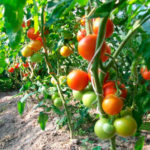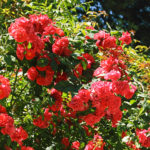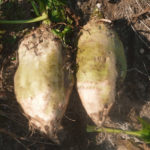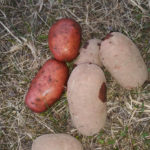Why do geranium leaves curl inward?
Pelargonium, better known as blood-red geranium, is a very unpretentious flower that has received registration on the windowsills of many indoor floriculture lovers. However, even when growing this plant, flower growers often face problems, one of which is the curling of the leaves inward. The cause of this problem may be not only a violation of the conditions of detention, but also improper feeding. An attack by parasitic insects is also possible.
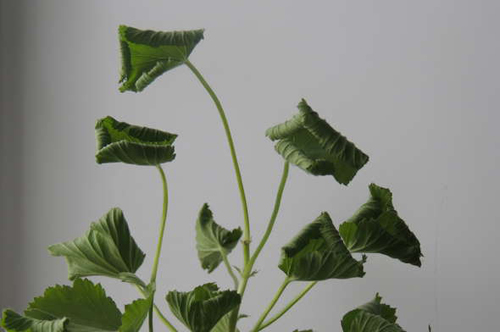
Possible causes of leaf curl
- Twisting of the leaves often indicates infection with parasitic insects: aphids, whiteflies, or spider mites. These insects suck out cell sap, causing the leaf blade to bend inward. When infected with a spider mite, a cobweb bloom can be seen on the back of the leaf. Whiteflies or aphid colonies can be seen with the naked eye.
- Viral diseases also often cause leaflet curling. Viral diseases can be diagnosed by an additional feature - mosaic brown or yellow spots covering the surface of the leaf blade.
- In addition to viral diseases and insect damage, leaves twisted inward can be the result of violations of the conditions for keeping a flower.
- Drying out of the earthen coma due to irregular watering. Leaf curling is a plant defense reaction; geranium tries to reduce the intensity of moisture loss, for which it twists the leaf blades, thus reducing the evaporation area.
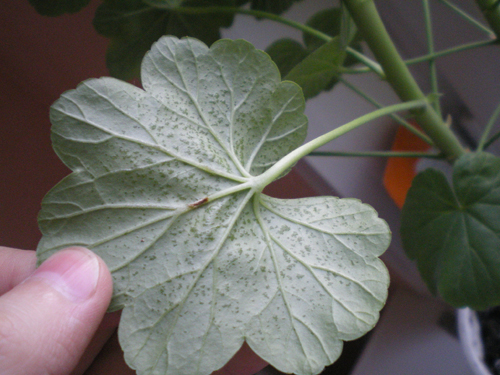
- Excessive watering, oddly enough, can also cause the leaves to curl. Under such conditions, there is a lack of oxygen in the root zone, as a result of which moisture absorption is reduced. As in the first case, geranium tries to reduce the rate of evaporation.
- Dry indoor air also encourages the plant to conserve moisture, especially during the heating season.
- Violation of the diet is another reason why the leaves curl inward. Violations of the diet include nitrogen-potassium starvation and a lack of trace elements (in particular boron). With an acidic reaction of the soil solution, a calcium deficiency is observed - in this case, the leaf blades of the flower often twist inward.
- When plants overheat from exposure to heat rays, the leaves lose their turgor and curl. As a rule, the turgor is restored by the evening.
How to help indoor geranium?
When growing this flower, a number of requirements must be observed to ensure the normal growth and development of plants.
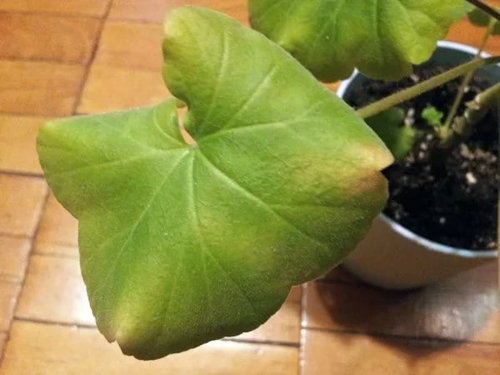
- The flower loves bright diffused light, so it must be stirred in a well-lit place, excluding exposure to direct sunlight.
- The soil should be structured (loose), good oxygen and moisture permeability. At the bottom of the flowerpot, it is necessary to provide drainage holes through which excess irrigation water will be discharged. It is also necessary to provide for drainage - a small layer of expanded clay aggregate. You can buy potting potting mix at your flower shop, or you can make your own. For example, the soil can be prepared from 1 part of neutral peat, 1 part of rotted humus and 3 parts of garden soil. It is a good idea to add 1 part coconut fiber or vermiculite.
- Watering geraniums is necessary in small portions, as the topsoil dries out. At low humidity, it is necessary to periodically spray the plants with a spray bottle.
- For top dressing, it is better to use commercially available complex fertilizers. The multiplicity of dressings and dosage are indicated on the package.It is advisable to treat plants once a month with solutions of trace elements prepared on the basis of boron, copper and iron chelates.

- For the prevention and control of viral diseases and parasitic insects, it is permissible to use chemical protection agents.
Use these recommendations, and your geranium will reward you with stable and abundant flowering!

